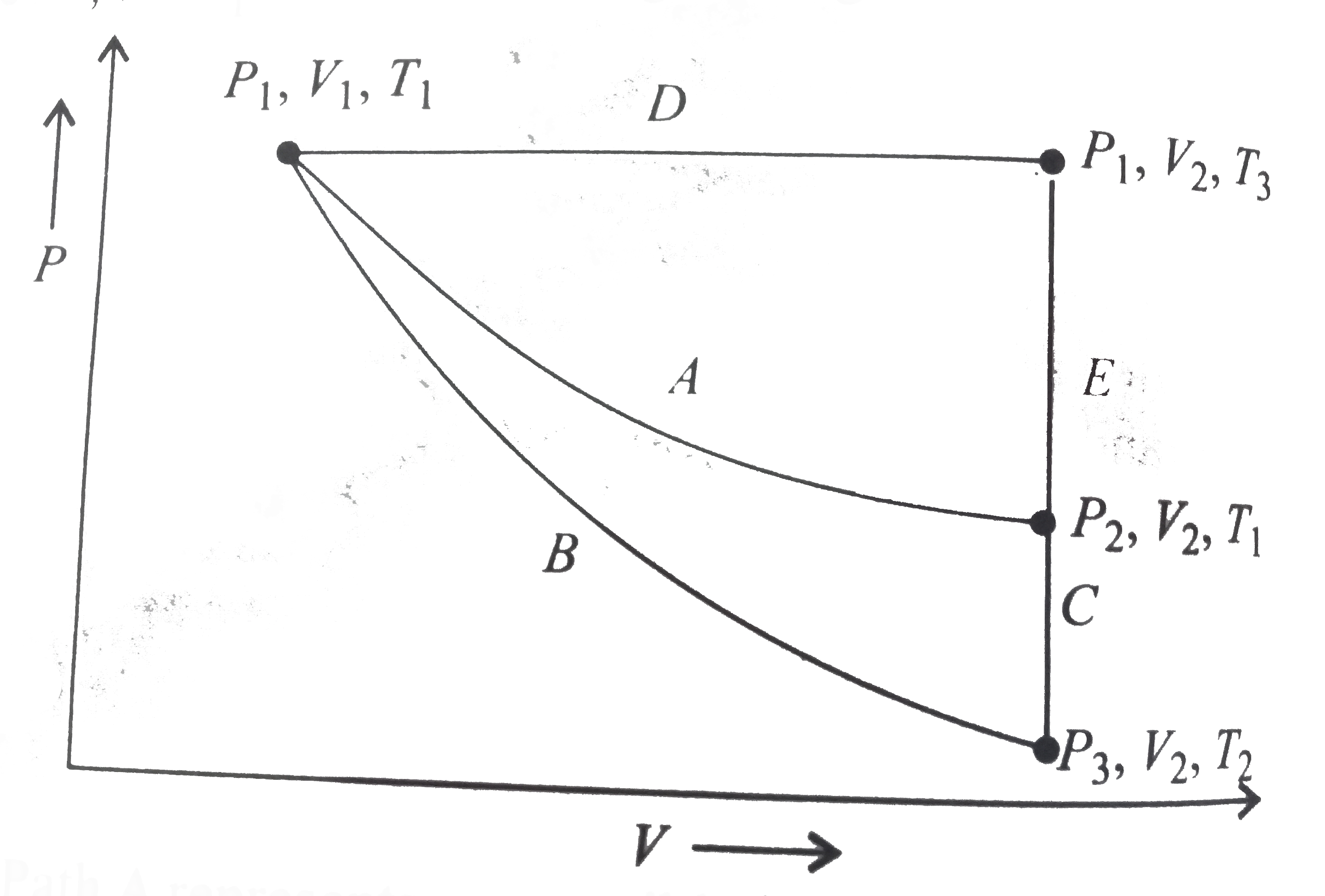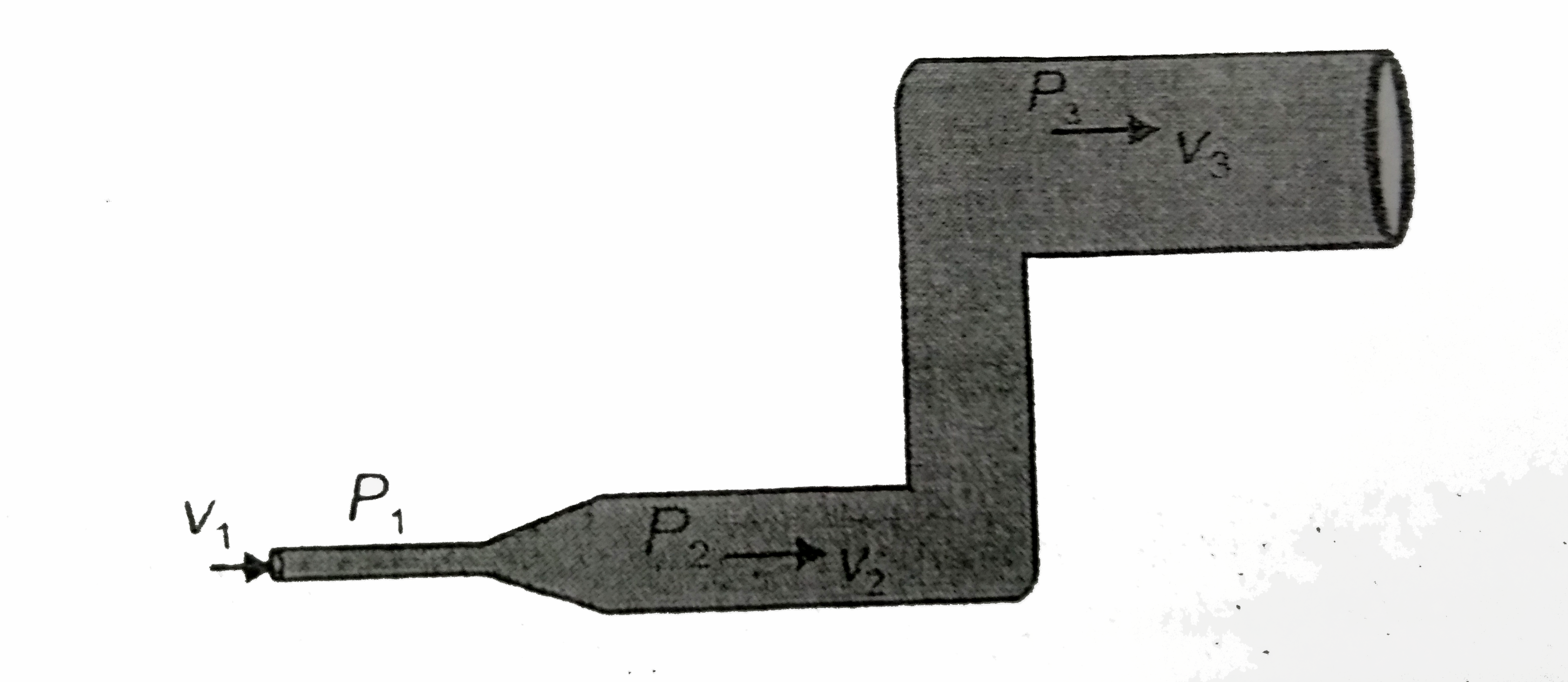फिसलते हुए पिण्ड के लिए, p1 तथा p2 के वेग क्रमशः v1 तथा v2 हों, तो

|v1|=|v2|
v1=v2
|v1|≠|v2|
इनमें से कोई नहींs
The correct Answer is:C
शुद्ध स्थानान्तरीय गति में, निकाय के सभी कण किसी क्षण विशेष पर समान वेग रखते हैं किन्तु लोटनी गति में (स्थानान्तरीय एवं घूर्णी गति का संयोजन) इसके सभी कण किसी क्षण विशेष पर समान वेग से गति नहीं करते हैं। इस प्रकार | |v1|≠|v2|
Similar Questions
Establish gas equation, (P_(1)V_(1))/(T_(1))=(P_(2)V_(2))/(T_(2)) .
05:56View SolutionA sample of gas changes from p1,V1 and p2. V2andT2 by one path and then back to p1,V1andT1. ΔU for the process is :
02:50View Solutionunderset(P_(1), V_(1), T_(1))("State") A overset("Rev")rarr underset(P_(2), V_(2), T_(2))("State B") : If P_(1) = P_(2) then
04:02View SolutionFor an ideal gas, an illustratio of three different paths A(B+C) and (D+E) from an initial state P1,V1,T1 to a final state P2,V2,T1 is shown in the given figure.

Path Arepresents a reversible isothermal expansion form P1,V1 to P2,V2, Path (B+C) represents a reversible adiabatic expansion (B) from P1,V1,T1→P3,V2,T2 followed by reversible heating the gas at constant volume (C)from P3,V2,T2 to P2,V2,T1. Path (D+E) represents a reversible expansion at constant pressure P1(D) from P1,V1,T1 to P1,V2,T3 followed by a reversible cooling at constant volume V2(E) from P1,V2,T3→P2,V2,T1.
What is ΔS for path (D+E)?03:55View SolutionWater is flowing through a pipe as shown in figure. If P1,P2andP3 are pressures and v1,v2andv3 are velocities of water at the different sections as shown in figure, then
 02:04View Solution
02:04View Solutionगति तथा गति के प्रकार#!#दूरी, विस्थापन, चाल तथा वेग#!#औसत चाल तथा औसत वेग
01:21:26View SolutionExamine the following plots and predict whether in (i) P_(1) lt P_(2) "and" T_(1) gt T_(2) , in (ii) T_(1) = T_(2)ltT_(3) , in (iii) V_(1) gt V_(2), "in" (iv) P_(1) gt P_(2) "or" P_(2) gt P_(1)
01:53View Solution

